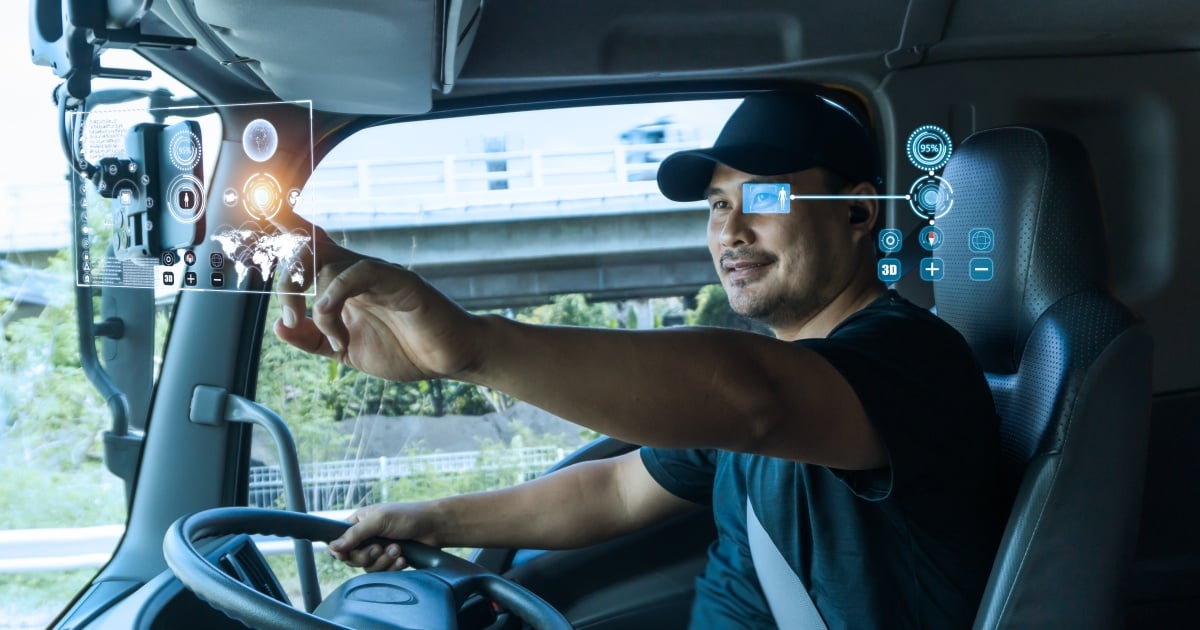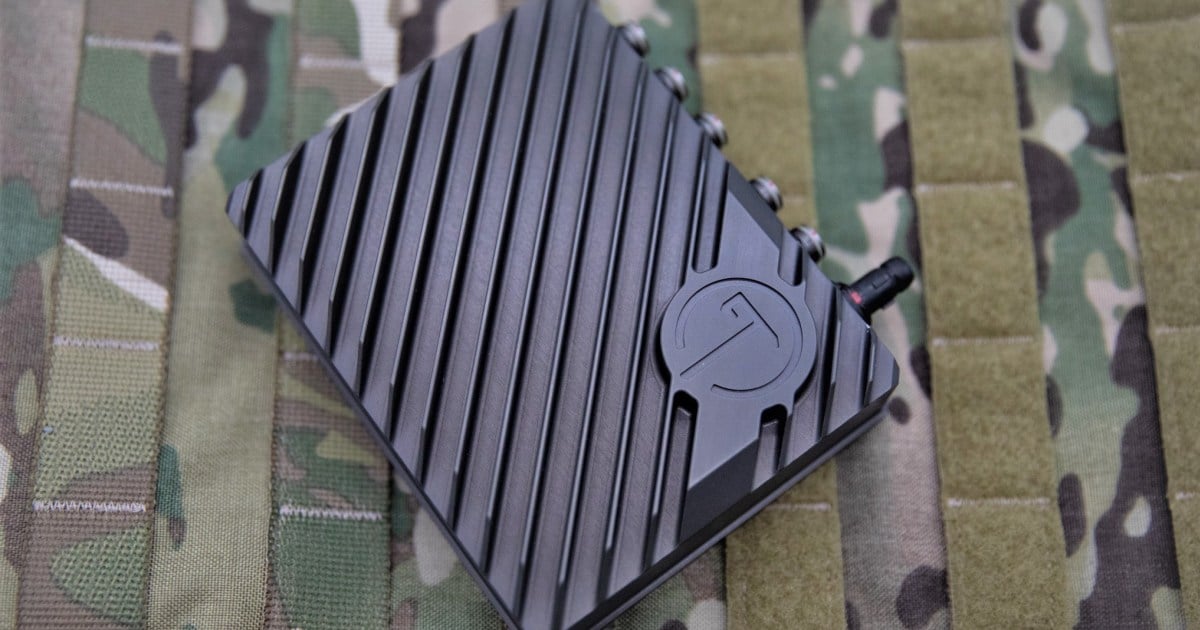Experts at Business Intelligence project that there will be 34 billion devices—24 billion Internet of Things (IoT) devices and 10 billion traditional computing devices, such as smartphones, tablets, smartwatches, etc.—connected to the Internet by 2020.
The same Business Intelligence report says businesses that adopt an IoT infrastructure can improve their bottom lines by lowering operating costs, increasing productivity, and expanding to new markets or developing new product offerings. Organizations that invest in IoT can also expect a solid return on investment. Some $6 trillion will be invested in IoT between 2015 and 2020, generating a $13 trillion return by 2025.
Finally, the data generated by all of these devices will propel us from the Information Age into the Big Information Age. The question is: is your IoT infrastructure up to the task?
Data center challenges that keep companies from building an IoT infrastructure
Companies that run their own data centers or operate within a legacy data center cannot effectively keep up with the demand and scale of the data expected to be generated by the IoT. The pace of new technology initiatives—such as software as a service (SaaS) and mobile solutions—will also strain data center and communications infrastructures and thus pose a new set of challenges.
One such challenge is security insecurities. Many organizations are still struggling with bring-your-own-device (BYOD) initiatives and the challenges of securing data on devices outside the control of IT. But the problem will only increase as IoT deployments promise to add many more endpoints that will need to be secured against increasingly sophisticated attacks.
Another challenge revolves around inadequate capacity planning. In traditional data center environments, capacity is often purchased in anticipation of future demand. But business and application requirements change constantly and IT projects fail all the time, leaving a large investment in unused capacity that can sit idle until (or if) it’s needed.
Lack of bandwidth can also be an issue. Today’s organizations already struggle with having enough bandwidth to ensure fast, consistent application performance for users. Adding more devices means many times more data crossing the wire, introducing many times more issues with bandwidth and latency.
In addition to technology challenges, oftentimes there are other business challenges including a misalignment with IT. Where once IT was accepted as a cost center for most companies, today’s highly competitive business landscape demands leaner, more agile environments where the IT infrastructure enables business innovation for initiatives like IoT. Yet many companies with traditional data center architectures focus more on “keeping the lights on” than on driving strategic innovation for the business.
High capital expenditures and the soaring costs associated with traditional company-operated data centers—real estate, hardware, and other physical assets— are other challenges and can inhibit business agility and innovation. In addition, capacity is often purchased upfront, before it’s needed, leaving unused capacity (and investment) to sit idle until or unless it’s needed.
Also, resources in most IT organizations are committed to “keeping the lights on,” leaving few, if any, resources to take advantage of state-of-the-art data center technologies. And because building out or upgrading a data center can often take several years, the latest innovations can come and go before the data center becomes operational.
Many smaller IT shops are staffed by generalists who lack expertise, while larger traditional data centers are staffed by specialized technologists whose skills are quickly becoming extinct as new technologies and ways of thinking are introduced. Losing or not having access to critical talent brings added business risk and poses yet another challenge.
Powering up the Internet of Things with an IoT Infrastructure
Powering the Internet of Things cannot be left to legacy infrastructures. The IoT requires a world-class data center, from the critical support infrastructure to global expertise.
Cloud and colocation services from a third-party data center provider can help strengthen the strategic alignment between IT and the business, fueling greater business innovation and increased agility needed for IoT, and thus solving the aforementioned challenges. Having IT and business strategies align also helps IT become more strategic, less tactical, and more focused on delivering business innovation.
One way to ensure world-class data center security and availability is to tighten access control and improve uptime on critical data center support infrastructure. Third-party cloud and colocation providers not only deliver on SLA commitments for critical data center support infrastructure, their facilities offer ample redundancy and failover to ensure uptime and reduce business risk.
Additionally, some data center providers offer carrier-neutral connectivity so companies can choose the carrier that best fits their business and financial requirements. Organizations can also rely on multiple carriers to ensure that their users are always connected.
Another way to align business and IT needs is to lower costs and reduce total cost of ownership (TCO). Renting space in a facility (colocation) or subscribing to software services via cloud computing significantly reduces upfront capital costs. Plus, businesses can lower TCO by choosing from among multiple carriers, reducing staffing costs by not maintaining their own data center or equipment, and quickly taking advantage of new IoT opportunities.
Instead of performing day-to-day data center monitoring and maintenance, cloud and colocation services can relieve organizations of routine tasks and re-focus them on driving strategic innovation for their core business.
It is also critical to leverage expertise in state-of-the-art critical support infrastructure. By using cloud and colocation services, organizations can take advantage of a deep well of data center experience and expertise not often found in company-operated data center facilities.
Are you ready for an Internet of Things infrastructure?
At the end of the day, playing on the IoT field requires a secure, reliable, and agile infrastructure. Whether that IoT infrastructure is built in house or outsourced to a reliable third-party data center provider comes down to numbers and needs.
Edited by
Ken Briodagh





